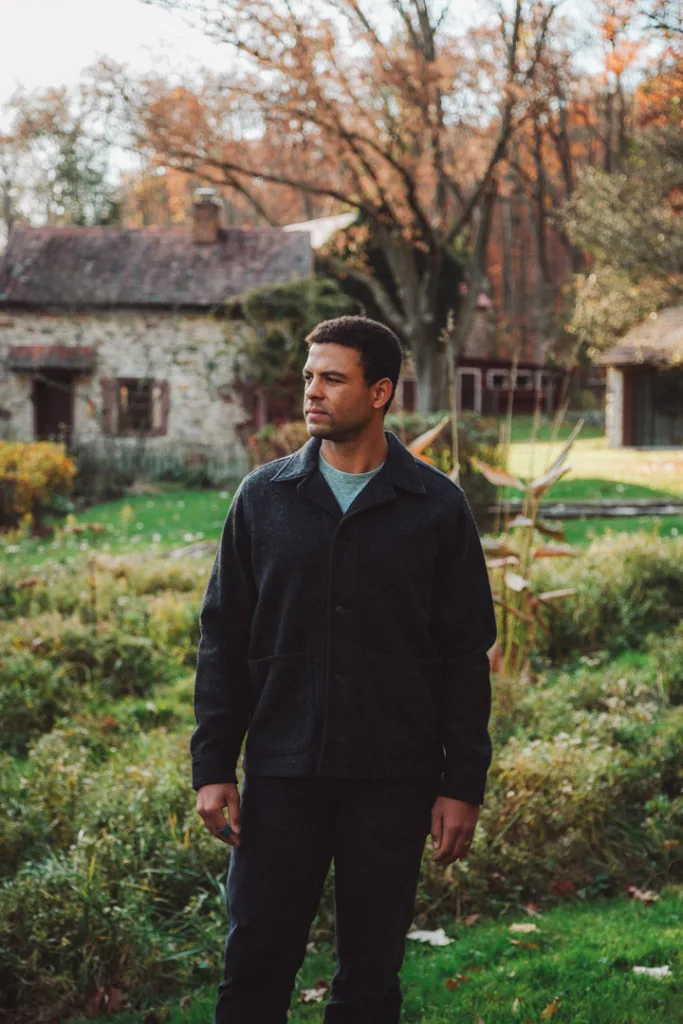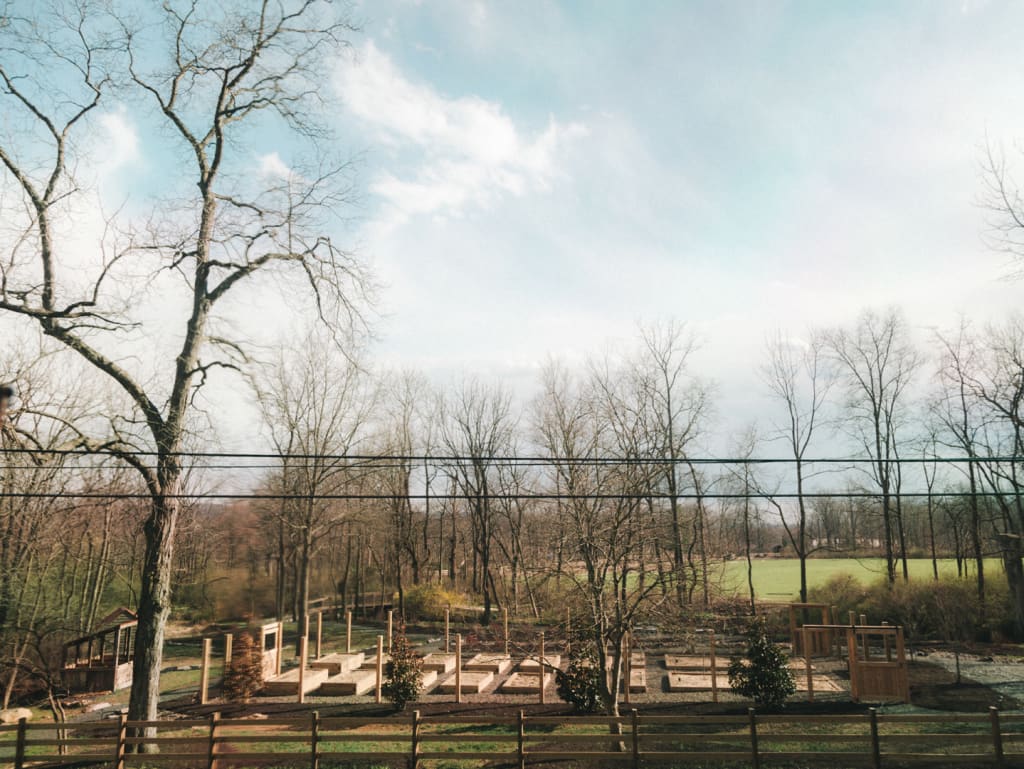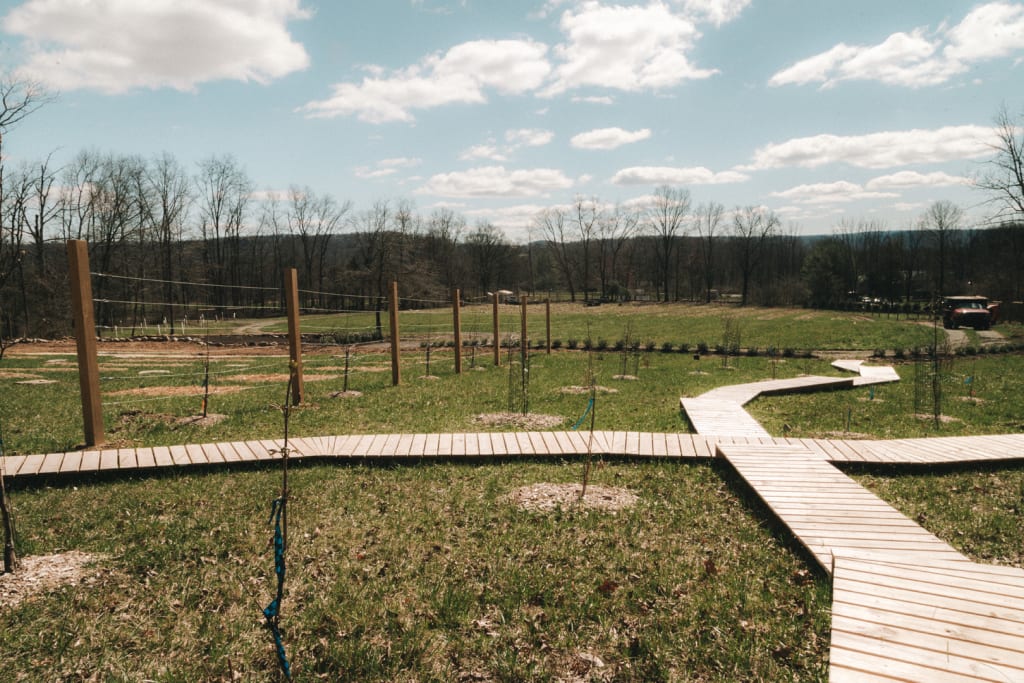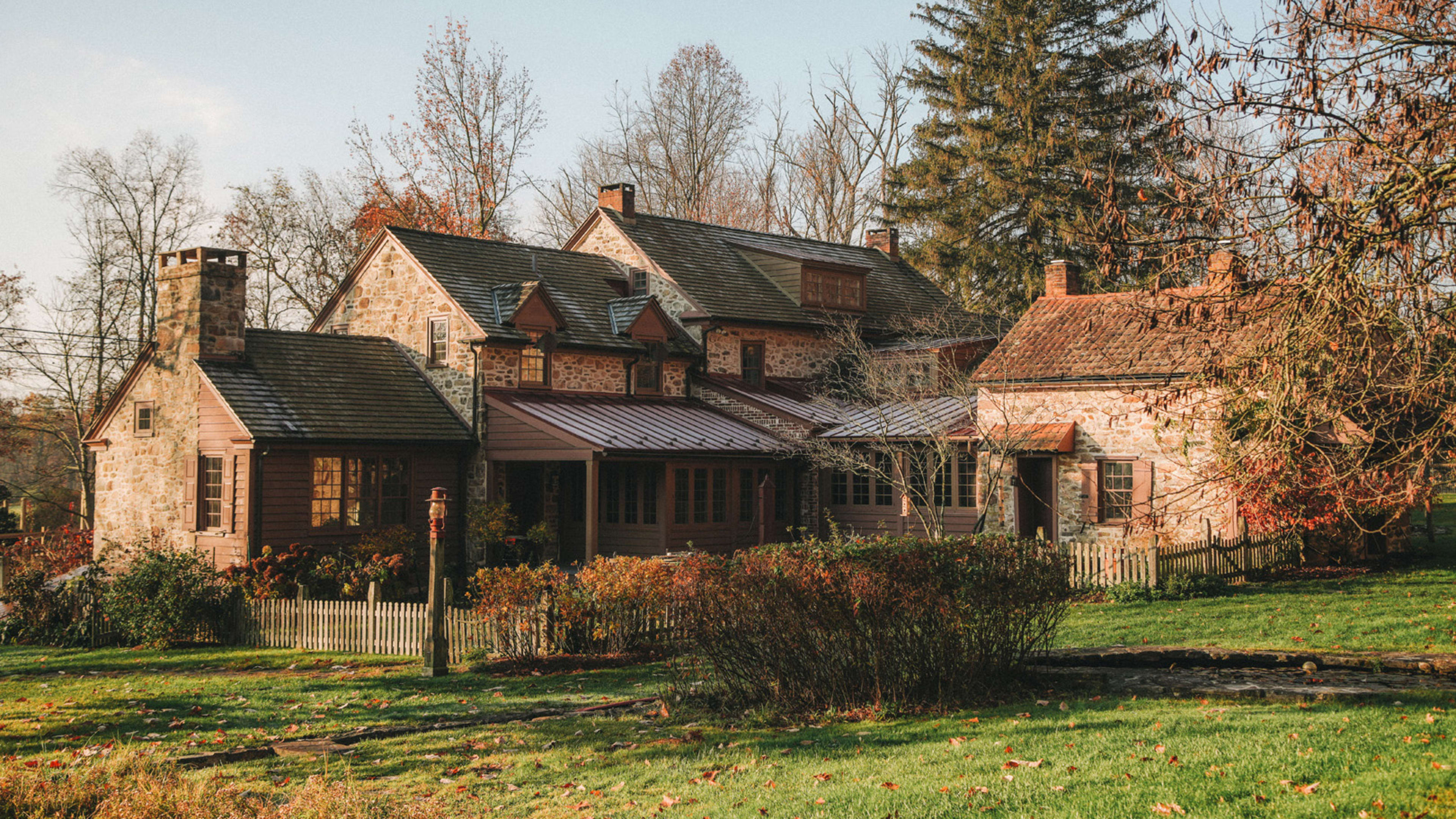In the 1800s, the United States was full of chestnuts. Then, in 1904, someone accidentally introduced a fungus from Asia that wiped out the entire population of chestnut trees on the East Coast. More than a century later, chestnuts still aren’t a big part of the American diet.

Sam Nana-Sinkam wants to change that. He believes chestnuts are a valuable crop that could become a meat, milk, and flour substitute—all without requiring intensive, soil-depleting farming practices. Two years ago, Nana-Sinkam bought 55 acres of land in rural Pennsylvania, two and a half hours from New York City, and called it Bloom Farm. In May, he’ll plant 2,500 chestnuts in the ground using regenerative practices that preserve soil health. There’s only one problem: It takes seven years for those seeds to become fully-grown, chestnut-producing trees.
But Nana-Sinkam has a plan. He doesn’t see Bloom Farm as a place merely for crops to grow. He wants it to be a place where people can come to connect with nature and create community. So as he waits for the chestnut trees to yield fruit, he’s inviting people to visit the farm for farm-to-table dinners, wellness retreats, and educational events.
Bloom Farm is a radical experiment. It’s testing a new business model for supporting regenerative agriculture and also creates a space for people to rejuvenate. And if it works, he’d like to open farms like this all over the country through his new company called Third Place. “The focus for the first 10 years is to consider how a farm can be regenerative, not just for the land itself, but also for people’s emotions,” he says.

A legacy of farming
Nana-Sinkam spent his early childhood in Africa. His father, who was from Cameroon, worked for the United Nations as an agricultural representative. He moved his family to Ethiopia and the Democratic Republic of Congo, helping farmers think strategically about their practices. At the time, most farmers didn’t consider preserving the long-term health of the soil. Over time, this meant their children would inherit land that was low in quality.
At the age of 10, when political turmoil struck the DRC, Nana-Sinkam moved to Lancaster, Pennsylvania, where his mother was from. After college, he got a job at Google. But in the midst of the pandemic, he began to wonder whether he was really making an impact in the world. By then, he had young children and was thinking about the legacy he was leaving them. “I felt my value systems shift during the pandemic,” he recalls. “I found myself thinking about how I could do something good for my family and community 25 years from now.”

That’s when he started thinking about his father’s work. He wanted to help address the climate crisis, while also supporting food systems. And this is what led him to chestnuts. These tree crops don’t need to be managed as closely as many other common crops like soy and corn. They also don’t require pesticides or regular tilling, which harms the soil.
Nana-Sinkam was also intrigued by the chestnut itself. It’s a highly nutritious crop that is a very popular ingredient in Europe and Asia. He saw an opportunity to introduce it to the American market both as a snack, but also as an alternative to meat, milk, and flour.

A Third Place
Chestnuts are a profitable crop that is gentle on the environment. But Nana-Sinkam believes that most farmers don’t have an incentive to plant these trees because they will not yield chestnuts for years. Instead, they opt for crops that will yield more immediate returns.
As Nana-Sinkam began sketching out his vision for regenerative agriculture, it occurred to him that he needed to have a creative business model. Ideally he would find other ways of generating income from the farm beyond the crops. This is not a new concept. Farmers often have experiences like hay rides and pick-your-own fruit programs to generate more income.

But Nana-Sinkam wanted to do something more meaningful. He wanted the farm to be a place where people could find healing in the midst of the stresses of life. That’s why he’s called his company Third Place. It’s a term coined by sociologist Ray Oldenberg to refer to a public space where people can connect with others outside of home and work. “We’re trying to connect soil health to mental health,” he says.

He partnered with Jenn Tardif, who also left a career in technology to launch a startup called Third Ritual that uses ancient rituals to improve mental health. This includes yoga, traditional Chinese medicine, and meditation. Tardif will organize retreats, inviting groups to come out to recharge with nutritious food, walks, educational classes, and other healing practices. Prices vary depending on the specific event, but a three day long retreat can cost $1,500 for a private room, and $700 for a shared cabin.
Bloom Farm has already hosted several retreats, and they’ve been well attended. Nana-Sinkam believes it could be a robust source of revenue, as he waits for the trees to start producing chestnuts. “This community that we’re bringing in will be our customer base in seven years,” he says. “I see this as nurturing a lifetime customer who comes every October for a yoga retreat and picks up their box of chestnuts.”

Still, the retreats are pricey for many people, especially those from under-resourced communities who most need them. Nana-Sinkam has thought about this. To help make the events more inclusive, there will be several different price points. People can choose to stay on the campgrounds, which will be much cheaper. But there will also be a work exchange program, so people can experience a retreat for free in exchange for helping work in the garden.
It’s unclear whether this approach to regenerative farming will work. But if it does, Nana-Sinkam believes there are many other places in the United States where he could bring similar models. He could invest in citrus farms in Florida. And seaweed farming in coastal regions. “There’s a huge opportunity for us to be market-makers, and not just follow the existing trends in farming,” he says.
Recognize your brand’s excellence by applying to this year’s Brands That Matter Awards before the early-rate deadline, May 3.
